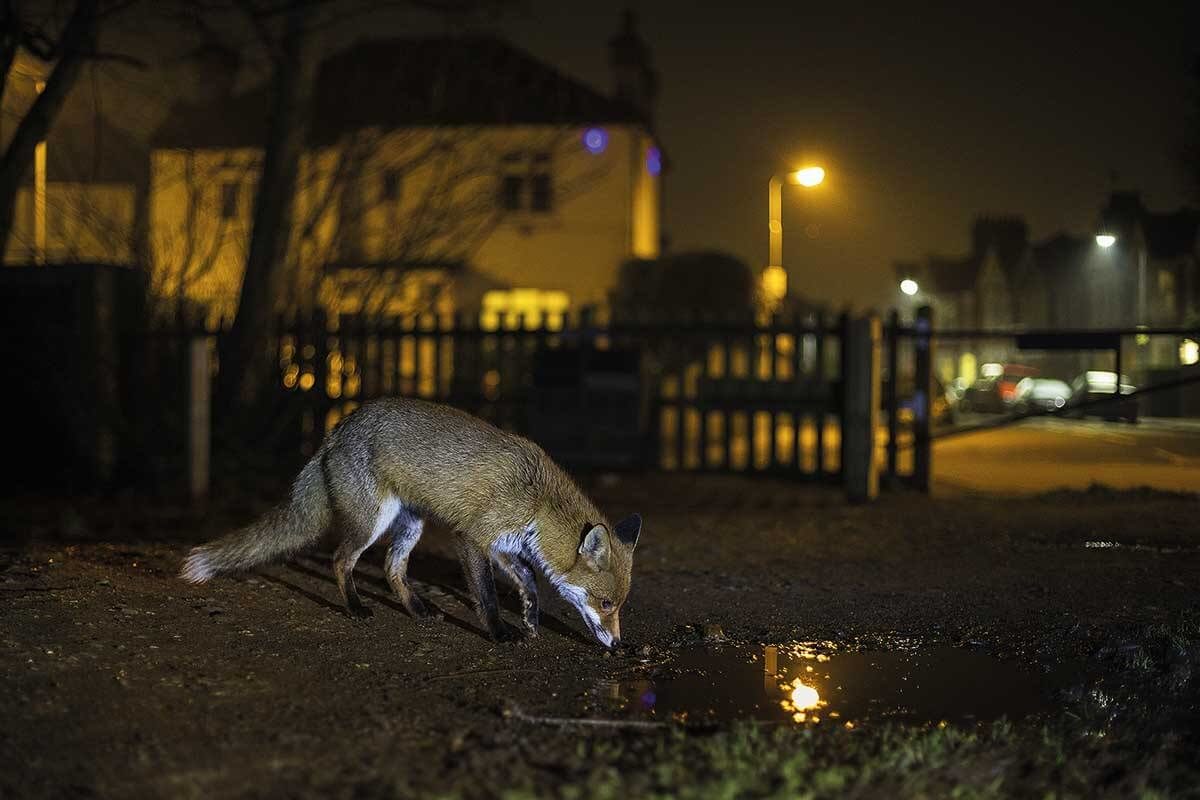
Chris Fitch reviews Florence Wilkinson’s book Wild City: Encounters with Urban Wildlife, published by Orion Spring
The UK’s population is now more than 80 per cent urban. It might stand to reason, therefore, that our relationship with the natural world is on an ever-increasing downward trend. Given the pace of urbanisation, and the loss of species who are bulldozed out of the way, what experiences could contemporary Britons be encountering with flora and fauna?
While these are valid and scientifically robust concerns, Florence Wilkinson wishes to demonstrate that the possibility still exists for wild encounters in the built-up environment. We may have to peer into a few dark corners, but the busy streets, looming tower blocks and concrete waterways of Britain’s urban centres are home to a surprisingly large number of non-human species. In many cases, these populations are not only surviving, but positively thriving.
Foxes, for example. These vulpine predators may struggle for survival amid the relentless threat of traffic (the lifespan of your average urban fox is a mere 18 months), but such is the plentiful supply of food on our streets that they’ve established themselves as perennial inhabitants. There are also birds – everything from common pigeons, house sparrows and swifts to ravens, ring-tailed parakeets and peregrine falcons. Wilkinson leads us around the country in search of urban bats, bees and giant crested newts, acrobatic squirrels and nesting hedgehogs, rutting deer and elusive badgers to name but a handful. We meet many enthusiastic supporters of these species – maverick individuals and organisations going above and way beyond to observe (and sometimes assist) animals making their way in this world we’ve built for ourselves.
Wilkinson is wise to repeatedly point out that these pioneering urban adapters and exploiters don’t make up for wider ecological destruction. ‘I don’t want anyone to think I am suggesting that with a few small tweaks here and there nature will be just fine,’ she writes.’ But anthropogenic habitats are habitats nonetheless. We end on the important observation that, without making wildlife both relevant and significant to the vast majority of people, holed up in towns and cities, it’s perhaps a stretch to ask them to care too deeply about the plight of rhinos, tigers and other icons of conservation. Wild City is a deeply evocative, highly descriptive and thoroughly enjoyable plunge into Britain’s urban wildlife with an authentically hopeful message.




